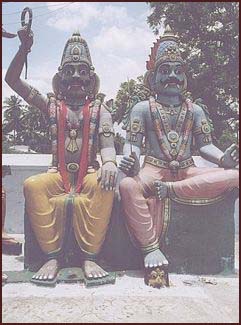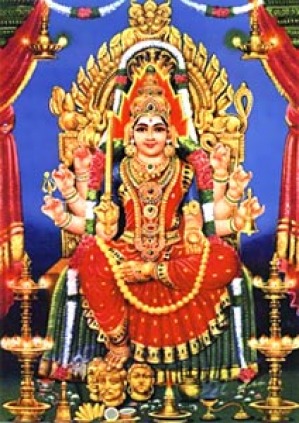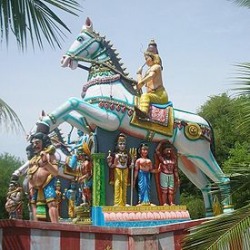ayyanar vaganam

ayyanar

ayyanar vettai

pechi amman

பேச்சியம்மன் மதுரையில் அருளாட்சி செய்கின்றாள். பேசியம்மன் படித்துறை மதுரைவைகையாற்றில் பிரசித்தம். சரஸ்வதியே [saraswati] பேச்சியம்மன் என்று சொல்வார்கள். பேச்சியம்மனை பேய்ச்சியம்மன் என்றும்சொல்வதுண்டு. பேச்சியம்மன் வடிவங்கள் பிள்ளையொன்றை வைத்துக் கொண்டிருப்பதும் உண்டு. பௌத்த சமயத்தில் இருந்த தெய்வம் என்றும் சொல்வார்கள். ஹரீதி என்னும் தெய்வமாகவும் இருந்திருக்கலாம்
ayyanar

The Tamil word Aiyānar is derived from the root word Aiyā which is a title often used by Tamils, Malayalees and Telugus to designate respectable people. There are number of conflicting etymologies for the word Aiyā, generally it is thought to be derived from Proto-Dravidian term denoting an elder brother. It is used in that meaning in Tamil, Telugu and Malayalam.[1] Yet others derive the word Aiyā as a Prakrit version of the Sanskrit word Aryā which means 'noble'.[2] According to Fred Clothey, Aiyanar is a Tamil adaptation of Aiyan, the chief deity of Ay chieftains who ruled parts of Kerala adjoining Tamil Nadu when both areas were collectively known as Tamilaham. He also states that the term Aiyar meaning a cow herd and a protector is an appropriate appellation for both the Ay chieftains and their deity. [2]
Another name for the deity is Aiyanar-Sasta or Sasta.[3] Sasta is a generic Sanskrit term for a teacher. In North India, Sasta is used to describe Gautama Buddha, where as in South India Sasta became deified starting from 855 C.Es. Sasta cult is particularly well developed in the state of Kerala where independent temples to Sasta are known from the 10th century CE. Prior to that Sasta veneration was within Shiva and Vishnu temples who are the premier gods of the Hindu pantheon. Sasta is also used to describe number of other deities. Brahma-Sasta is another name for Skanda and Dharma-Sasta is used to describe Ayyappa. Sasta also has a sanskriting legend that makes him the son of a union between Shiva and the female form of Vishnu.[2]Other names of Aiyanar include Gajavahana and Satavahana.[4]
Origins and development
Ayyanar idols near Gobi
The earliest reference to Aiynar-Shasta includes two or more hero stones to hunting chiefs from the Arcot district in Tamil Nadu. The hero stones are dated to the 3rd century C.E. It reads "Ayanappa; a shrine to Cattan." This is followed by another inscription in Uraiyur near Tiruchirapalli which is dated to the 4th century C.E.[5]
Literary references to Aiyanar-Cattan is found in Silappatikaram, a Tamil Buddhist work dated to the 4th to 5th century C.E.[4] From the Chola period (9th century C.E) onwards the popularity of Aiyanar-Shasta became even more pronounced.[3]
